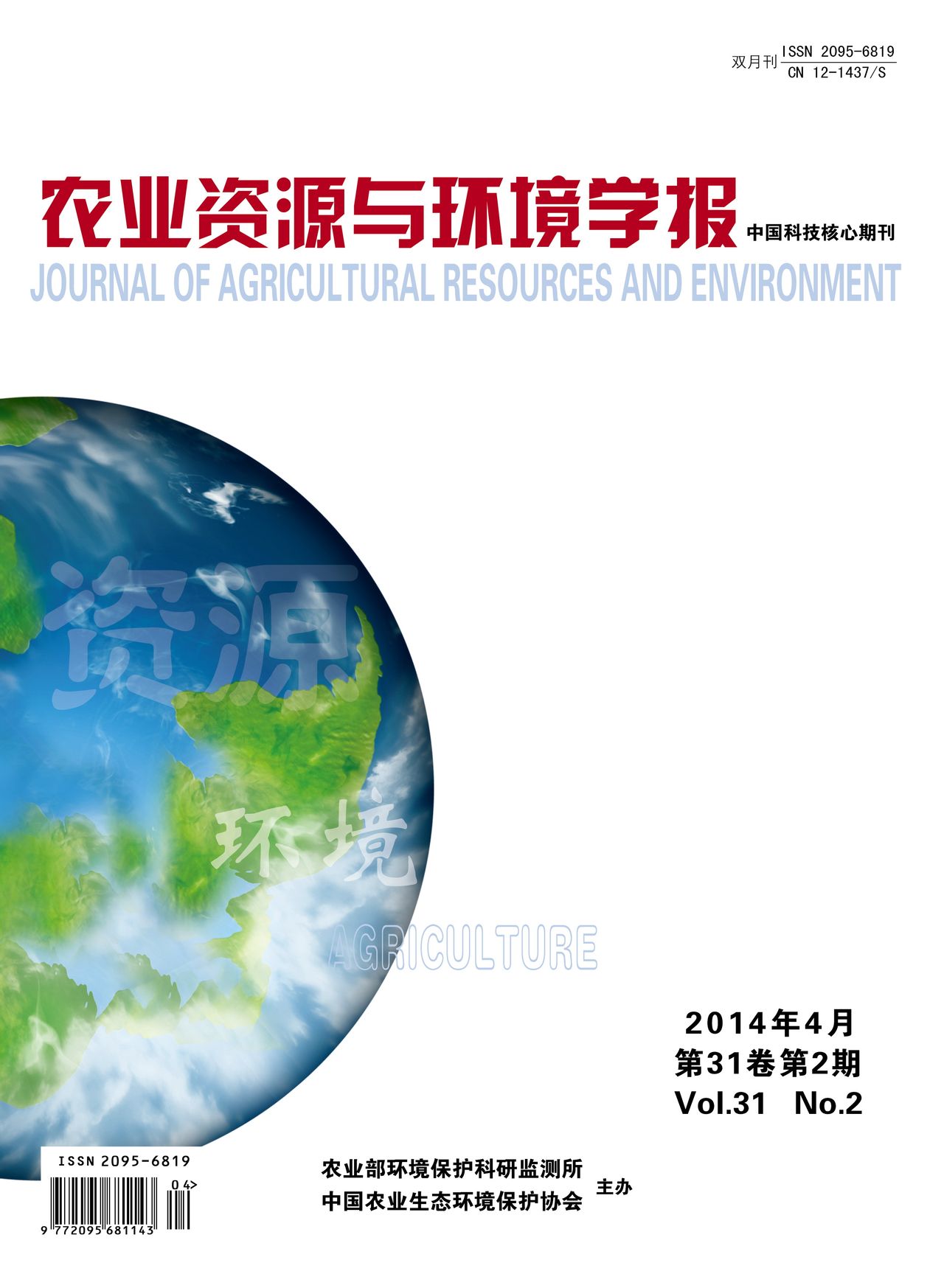黄花凋落物对不同生境土壤无脊椎动物群落的影响
Q3 Agricultural and Biological Sciences
引用次数: 1
摘要
黄花凋落物对不同生境土壤无脊椎动物群落的影响闫静1,2,张瑞海1,宋振1,张国良1,刘玉生2,傅卫东1*(1)。中国农业科学院农业环境与可持续发展研究所,北京100081;2.摘要/ Abstract摘要:通过研究黄花凋落物对林地、荒地和沟渠3种生境土壤无脊椎动物群落的影响,探讨了黄花凋落物对土壤无脊椎动物群落的影响。10月23日,在3个生境采用直径为20 cm,高度为10 cm的截环法共捕获54 315只,分为3个采样层。所有个体分属2门10纲17目,其中蛛形目和弹尾目是3个生境的优势目,其他种相对丰度较小。垂叶松凋落物可为蜘蛛纲、弹子纲、Psocoptera等土壤无脊椎动物提供较好的生境和食物来源,从而影响土壤无脊椎动物群落的结构和多样性,这主要与垂叶松群落的生长条件有关,表现为林地生长条件较弱,荒地和沟渠生长条件较强。综上所述,三种生境的黄顶菊入侵后,黄顶菊及其凋落物为优势种提供了栖息地和掩蔽,显著改变了腐殖质表层土壤中氮、磷、钾和有机质含量,导致土壤无脊椎动物多样性增加,且从上到下无脊椎动物多样性呈增加趋势。从而为白羊草凋落物分解速率对土壤无脊椎动物群落多样性的影响奠定了基础。本文章由计算机程序翻译,如有差异,请以英文原文为准。
Impact of Flaveria bidentis Litter on Communities of Invertebrates in Soil in Different Habitats
Impact of Flaveria bidentis Litter on Communities of Invertebrates in Soil in Different Habitats YAN Jing1,2, ZHANG Rui-hai1, SONG Zhen1, ZHANG Guo-liang1, LIU Yu-sheng2, FU Wei-dong1* (1.Institute of Agricultural Environment and Sustainable Development, Chinese Academy of Agricultural Sciences, Beijing 100081, China; 2.College of Plant Protection, Shandong Agricultural University, Tai'an 271018, China) Abstract:An investigation was conducted to explore the impacts of Flaveria bidentis litter on the communities of invertebrates in soil in three different habitats including forestland, wasteland, and ditches. A total of 54 315 individuals were captured in three habitats on October 23rd by cutting ring(diameter is 20 cm, height is 10 cm), which is divided into three sampling layers in this study. All of the individuals belong to 2 phyla 10 classes 17 orders, among which Arachnoidea and Collembola were the dominant orders in three habitats, and the relative abundance of other species were smaller. F. bidentis litter could provide the better habitats and food sources for invertebrates in soil, such as Arachnoidea, Collembola, Psocoptera and so on, thereby affecting their structure and diversity of community of invertebrates in soil which mainly related to growth conditions of F. bidentis community, which is characterized by its weaker growth conditions in forestland but stronger growth in wasteland land and ditches. In summary, F. bidentis plants and their litter provided habitat and concealment for the dominant species, and significantly changed content of nitrogen, phosphorus, potassium and organic matter in surface humus soil after the invasion of F. bidentis in three habitats, which cause the increasing of diversity of invertebrates in soil and also it trends to increase for the diversity of invertebrates in liter from top to bottom. Thus it laid a foundation for the influence of decomposition rate in F. bidentis litter on the diversity of invertebrate communities in soil.
求助全文
通过发布文献求助,成功后即可免费获取论文全文。
去求助
来源期刊

农业资源与环境学报
Agricultural and Biological Sciences-Agricultural and Biological Sciences (all)
CiteScore
1.90
自引率
0.00%
发文量
4438
审稿时长
24 weeks
期刊介绍:
Journal of Agricultural Resources and Environment (CN 12-1437/S, ISSN 2095-6819) is a national academic scientific and technical journal. It was founded in 1984, and used to be called Foreign Agricultural Environmental Protection and Agricultural Environment and Development. It is supervised by the Ministry of Agriculture and Rural Affairs, and co-sponsored by the Scientific Research and Monitoring Institute of Environmental Protection of the Ministry of Agriculture and Rural Affairs, and the China Association of Agricultural Ecological Environmental Protection. The journal is one of China's high-quality science and technology journals, China Science Citation Database (CSCD) core journals, Peking University Chinese core journals, China Science and Technology core journals, China Agricultural and Forestry core journals, and Tianjin Outstanding Journals. It is included in the international authoritative databases, such as Scopus database of the Netherlands, the database of the Center for International Agricultural and Biological Sciences Research (CABI) of the United Kingdom, the Stephens Database (EBSCOhost) of the United States, the Ulrichsweb (Ulrich's Guide to Journals) of the United States, EuroPub of the United Kingdom, the Abstracts Journal (AJ) of the Russian Federation, and the Copernicus Index (IC) of the Poland, and so on.
 求助内容:
求助内容: 应助结果提醒方式:
应助结果提醒方式:


